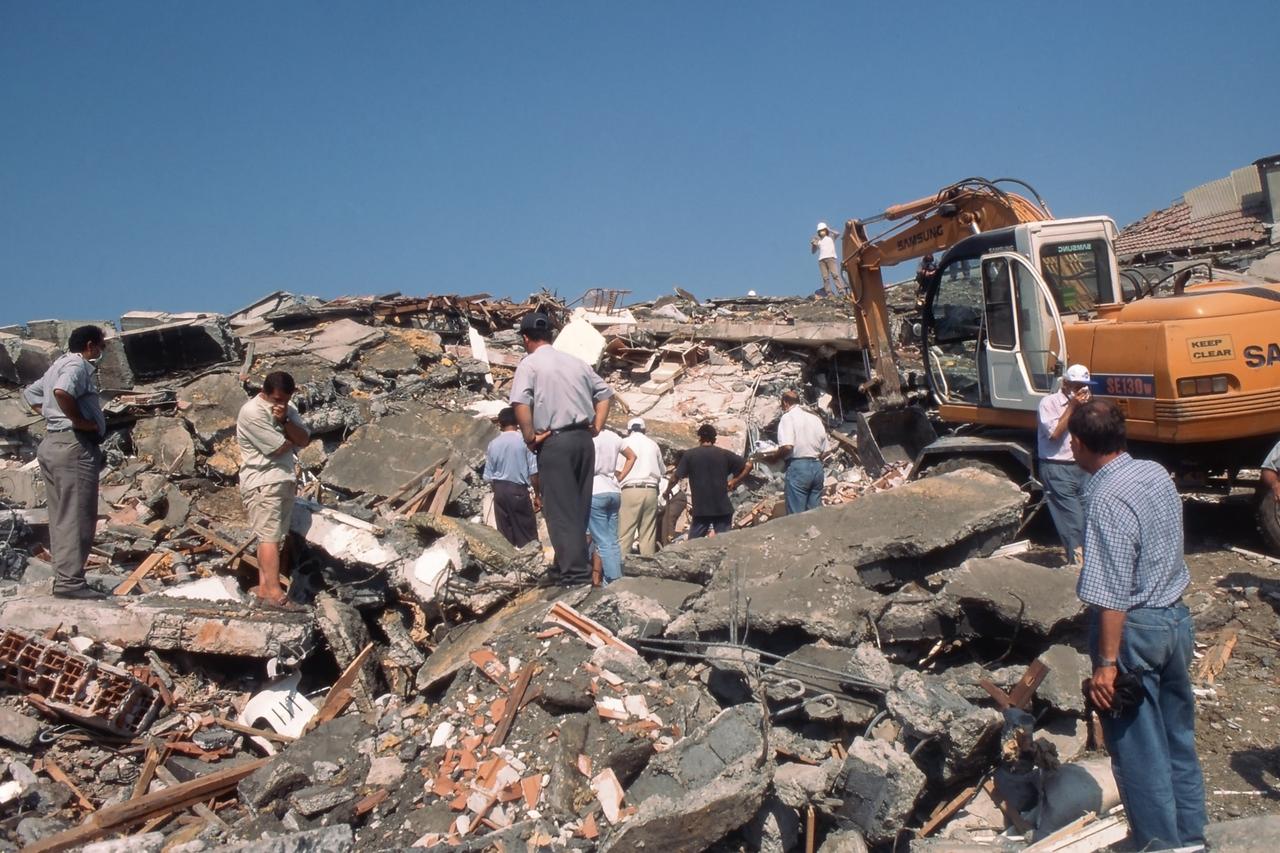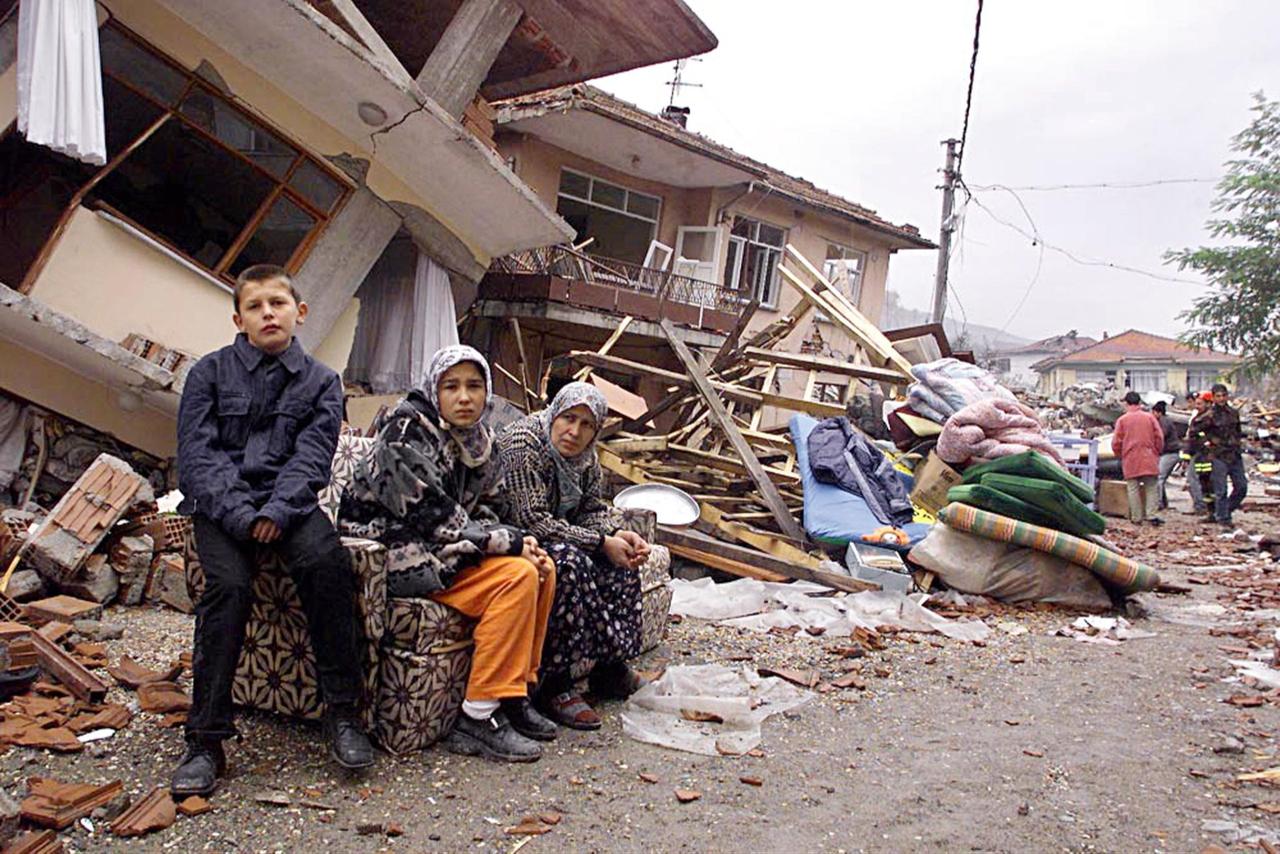
Marmara’s recent seismic activity has once again raised questions about where the next major earthquake might strike. While public discussion has long focused on the potential rupture of the so-called Prince's Islands Fault off the coast of Istanbul, earthquake specialist Professor Sener Usumezsoy has urged a shift in attention toward the southern side of the Marmara Sea, particularly the waters off Yalova.
Speaking to TGRT Haber, Usumezsoy challenged the widespread view that the northern Marmara fault segment remains the primary concern.
Instead, he pointed to accumulating seismic stress along the Cinarcik-Esenkoy-Bozburun line, a zone stretching along the southern edge of the Marmara basin near Yalova.
According to his assessment, earlier historic earthquakes help explain this shift. He referred to several major events that struck Istanbul across centuries, as well as the 1999 Golcuk earthquake. Usumezsoy argued that the 1999 rupture released much of the seismic energy along the segment closer to Istanbul, leaving the southern section where stress has continued to build.

Usumezsoy noted that the 1894 Istanbul earthquake and the 1999 Golcuk earthquake affected different parts of the fault system linked through the North Anatolian Fault Zone, a major tectonic structure running across northern Türkiye. He said that these events relieved stress on the northern segment, describing the system metaphorically as a “broken bone that cannot break again until it heals and reconnects.”
For this reason, he stated that the primary risk now lies further south, where energy “moved after 1999,” leading to a concentration of strain along the Cinarcik-Esenkoy-Bozburun corridor.
The remarks do not suggest that Istanbul faces no future seismic threat, but they provide a different emphasis within ongoing public and scientific debates over how to prepare cities around the Marmara Sea. His assessment brings renewed attention to Yalova, a smaller province south of Istanbul, and its surrounding coastal settlements.
As Türkiye continues efforts to improve earthquake readiness, the debate over where seismic stress is most likely to release remains central to planning strategies in the region.